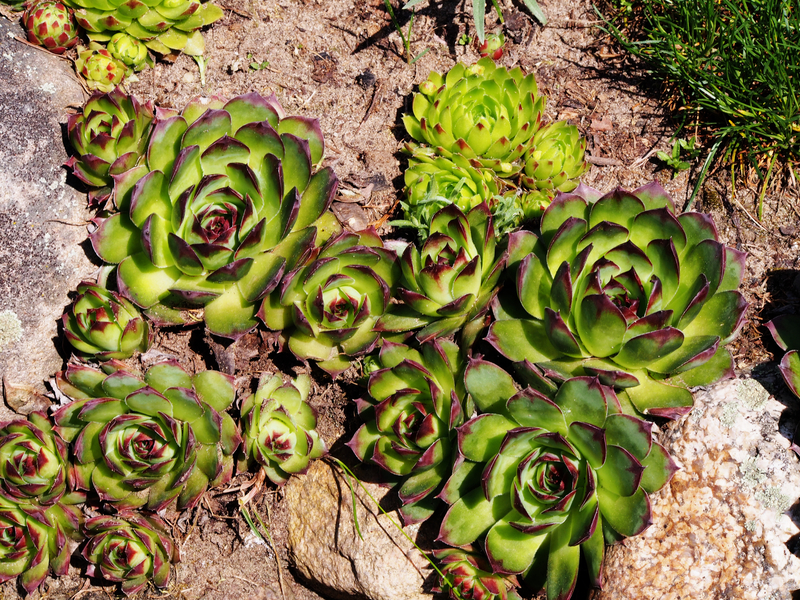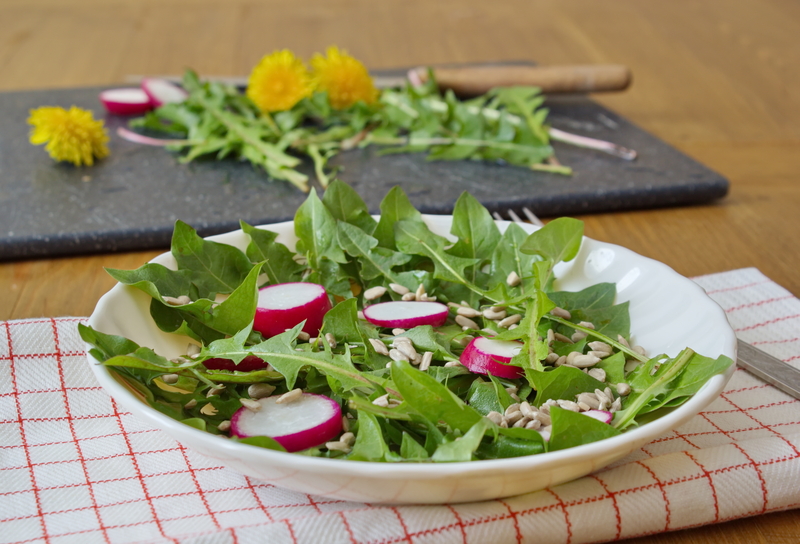Discover the 9 Ground Cover Plants Ideal for the UK Climate
Posted on 15/05/2025

Discover the 9 Ground Cover Plants Ideal for the UK Climate
Ground cover plants are essential elements in garden design, especially in the ever-changing weather conditions of the UK. They add beauty, help suppress weeds, and protect the soil. In this article, we will explore nine fantastic ground cover plants that thrive in the UK climate, offering lush greenery and ornamental value throughout the year.
The Importance of Ground Cover Plants
Ground cover plants are more than just fillers in your garden. They play a significant role in creating an attractive landscape while providing essential benefits:
- Soil Erosion Control: These plants prevent soil erosion by holding the soil together with their roots, which is particularly useful in areas prone to heavy rain.
- Weed Suppression: By covering the soil, they limit sunlight to potential weeds, thereby reducing the need for constant weeding.
- Moisture Retention: Ground cover plants help retain moisture in the soil, reducing the need for frequent watering.
- Support Biodiversity: These plants often attract beneficial insects and wildlife, supporting garden biodiversity.
Top 9 Ground Cover Plants for the UK Climate
1. Vinca minor (Lesser Periwinkle)
Vinca minor, commonly known as Lesser Periwinkle, is a favorite among UK gardeners for its resilience and low maintenance requirements. This evergreen plant produces attractive purple-blue flowers from early spring to autumn, making it ideal for year-round coverage.
- Light: Partial shade to full sun
- Soil: Well-drained, neutral to acidic soil
- Benefits: Excellent for underplanting in wooded areas
2. Ajuga reptans (Bugleweed)
Ajuga reptans, or Bugleweed, offers vibrant foliage that ranges from deep green to deep burgundy, providing a dazzling display in your garden. This plant forms a dense mat, ideal for replacing traditional lawns.
- Light: Partial sun to full shade
- Soil: Moist, well-drained soil
- Benefits: Perfect for rocky areas and borders
3. Hedera helix (English Ivy)
As a classic choice, Hedera helix, or English Ivy, is versatile for covering the ground or climbing on structures. Its evergreen leaves provide a year-round appeal, turning a rich green even in the chilliest of winters.
- Light: Full sun to shade
- Soil: Well-drained, adaptable to various soil types
- Benefits: Excellent for walls and ground cover in shady areas
4. Galium odoratum (Sweet Woodruff)
Known for its sweet scent and starry white flowers, Galium odoratum, or Sweet Woodruff, thrives in the UK climate, especially in shady, wooded areas. Its delicate flowers are a delight in spring.
- Light: Partial to full shade
- Soil: Moist, well-drained soil
- Benefits: Ideal for shaded borders and under trees
5. Cerastium tomentosum (Snow-in-Summer)
Cerastium tomentosum, widely known as Snow-in-Summer, blooms with a stunning carpet of white flowers in early summer and silvery-gray foliage throughout the year, creating an eye-catching contrast.
- Light: Full sun
- Soil: Well-drained, prefers sandy or rocky soil
- Benefits: Excellent for dry, sunny slopes
6. Alchemilla mollis (Lady's Mantle)
Alchemilla mollis, commonly referred to as Lady's Mantle, is known for its beautiful, velvety leaves that capture morning dew. Its yellow-green flowers create a frothy effect during summer.
- Light: Full sun to partial shade
- Soil: Moist, well-drained soil
- Benefits: Great for borders and cottage gardens
7. Thymus serpyllum (Creeping Thyme)
Thymus serpyllum, or Creeping Thyme, is not only a delightful ground cover but also adds fragrance and culinary value. Blooming with purplish-pink flowers, it's an attractive and practical choice for garden paths and borders.
- Light: Full sun
- Soil: Well-drained, sandy or stony soil
- Benefits: Attractive to pollinators and low growing
8. Lamium maculatum (Spotted Dead-Nettle)
With its colourful foliage and vibrant flowers, Lamium maculatum or Spotted Dead-Nettle, enlivens shady places. Its variegated leaves and pink flowers make it a popular choice for shady ground coverage.
- Light: Partial shade to full shade
- Soil: Moist, well-drained soil
- Benefits: Ideal for ground cover in shade and under trees
9. Waldsteinia ternata (Barren Strawberry)
Waldsteinia ternata, known as Barren Strawberry, offers golden yellow flowers and a dense, evergreen foliage. Perfect for sunny and partially shaded spots, it adds a cheerful and light-hearted touch to gardens.
- Light: Partial shade to full sun
- Soil: Well-drained soil
- Benefits: Excellent for borders and rock gardens
Caring for Ground Cover Plants in the UK
While these plants are generally hardy, some basic care will ensure they thrive:
- Watering: Ensure your ground cover plants receive adequate water, particularly during dry spells.
- Pruning: Regular trimming will promote healthy growth and prevent overexpansion.
- Mulching: Apply a layer of mulch to retain soil moisture and suppress weeds.
- Fertilizing: Feed with a balanced fertilizer in spring to promote vigorous growth.
Final Thoughts
Choosing the right ground cover plants for the UK climate does more than enhance the beauty of your garden; it offers environmental and practical benefits. By selecting a variety of species, you can create a resilient and eye-catching landscape that stands out year-round. Remember to consider the specific conditions of your garden, such as sunlight exposure and soil type, to ensure your ground cover plants flourish.
With these nine ground cover plants at your fingertips, you are well equipped to transform any garden space into a lush, green oasis that's resilient and beautiful in the face of the UK's variable climate.


